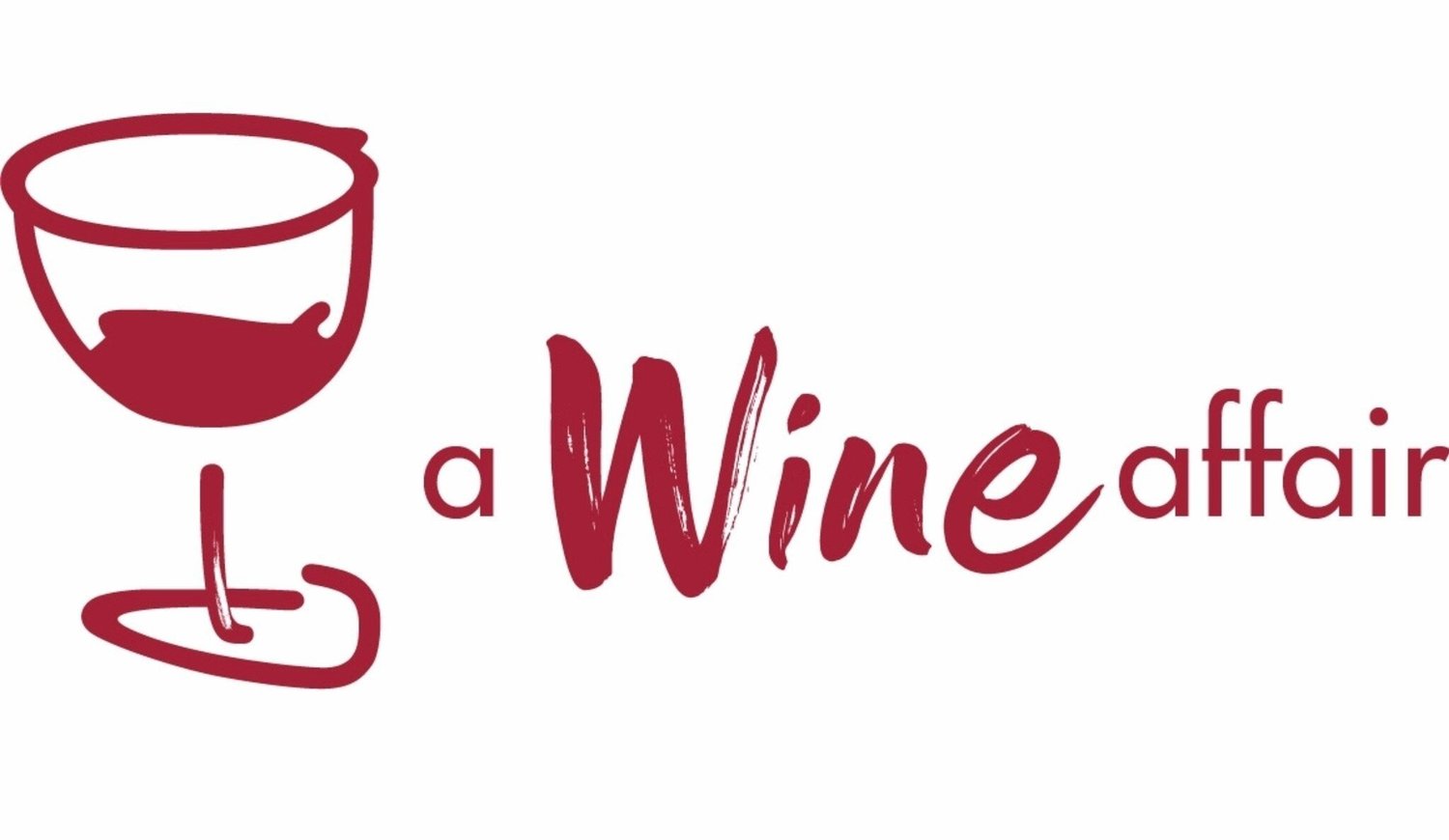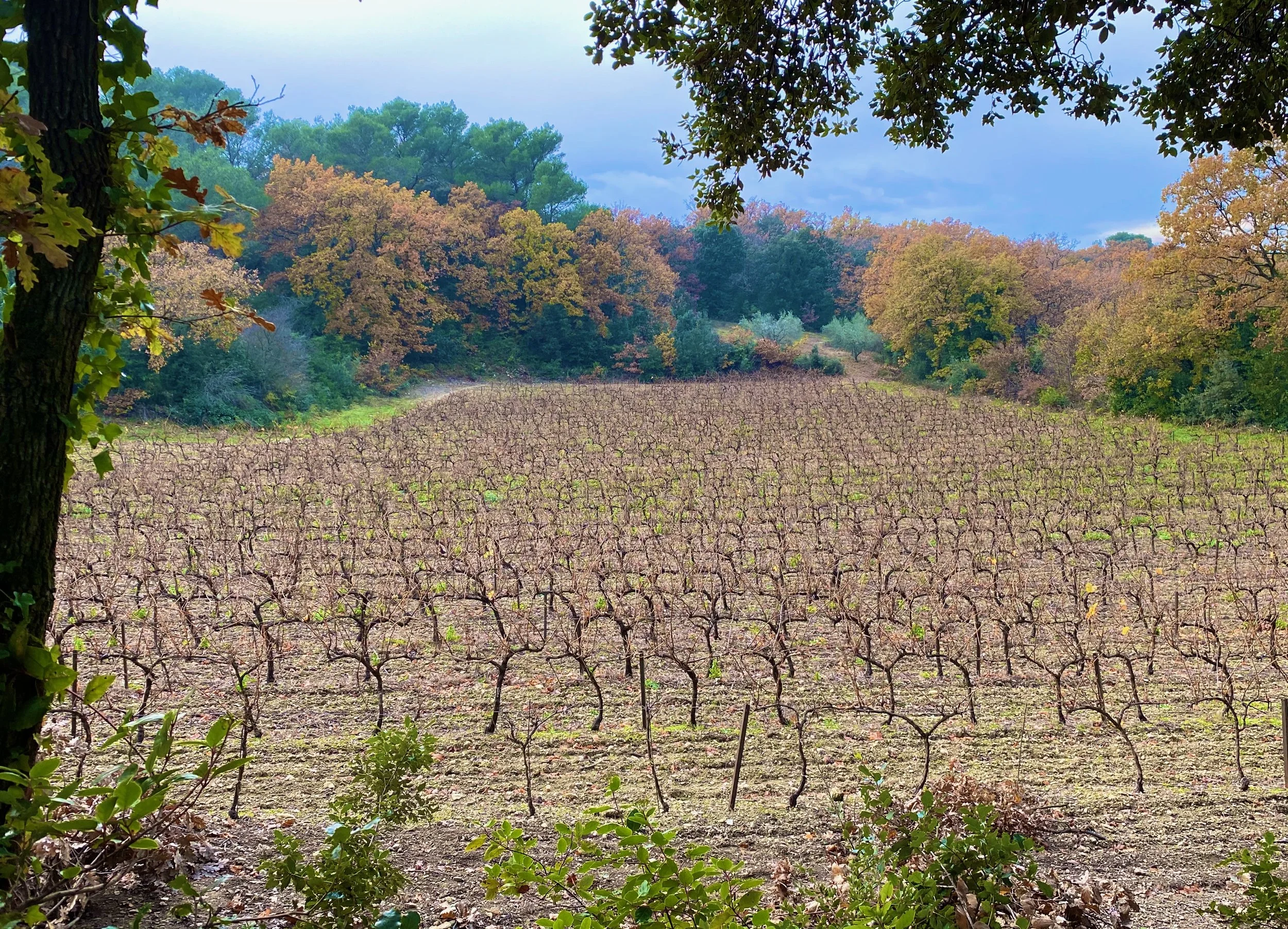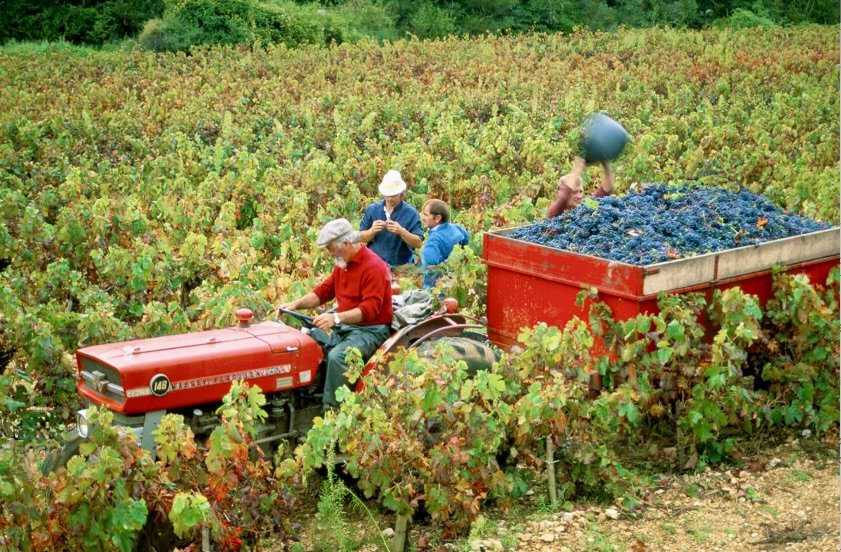The 'vendanges': grape harvest in the Languedoc
/Les ‘vendanges’: grape harvest in the Languedoc
The grape harvest season, known as the ‘vendanges’ in France, marks a crucial phase in winemaking. It is the time when grapes reach their peak ripeness, delivering the perfect balance of sugars, acids, and flavors. This season typically falls between late summer and early fall, depending on the region, maturity, grape variety, and weather conditions.
The timing of the grape harvest is one of the most important viticulture decisions affecting the winemaking process.
The winemaker will start sampling grapes from the vineyards several days before harvest to check for sugar levels. When the grapes are perfectly ripe, and weather permitting, he will make the call for harvest to begin.
Although many vineyards are harvested by hand, mechanised harvesting is commonplace throughout southern France. Machines increase productivity and can run day and night, no matter the weather conditions. A rising trend in recent years, nocturnal harvesting involves picking grapes during the cool night time hours. This helps preserve the grapes' natural acidity and delicate aromas, enhancing the overall quality of the wine.
Hand-harvesting affords more precise selection of grapes and tends to do a better job of protecting their juice from oxidation as a result of damaged skins. Mechanical harvesters allow for a more efficient, often cost-effective, process and are well-suited for large vineyards situated on flat ground.
White grapes are generally harvested first, such as Chardonnay and Sauvignon Blanc. Grapes for sparkling wine are harvested early because they need to have lower sugar levels. Red wine grapes are typically next in line, as they take a little longer to reach full maturity. Pinot Noir is an earlier red ripener, followed by Merlot, Syrah, Grenache, and Cabernet Sauvignon.
Production of wines of the highest quality requires, in addition to carefully planned grape harvesting, the selection of clusters or berries before further processing takes place. The goal of this selection is to separate unripe, damaged or rotten berries and other undesirable organic material, as well as insects, caught up during harvesting. Sorting gives the winemaker the opportunity to collect for further processing those grape berries that guarantee or enhance the potential to achieve the highest quality of wine.
What comes next is vinification, but that is for another blog…








